There’s nothing quite as heartwarming as a great risotto. With its creamy texture, depth of flavor, and filling, carby, cheesy goodness, what’s not to like? While you want all your ingredients to be as high quality as possible, the secret to a great risotto is making sure you’re using the best mushrooms for risotto.
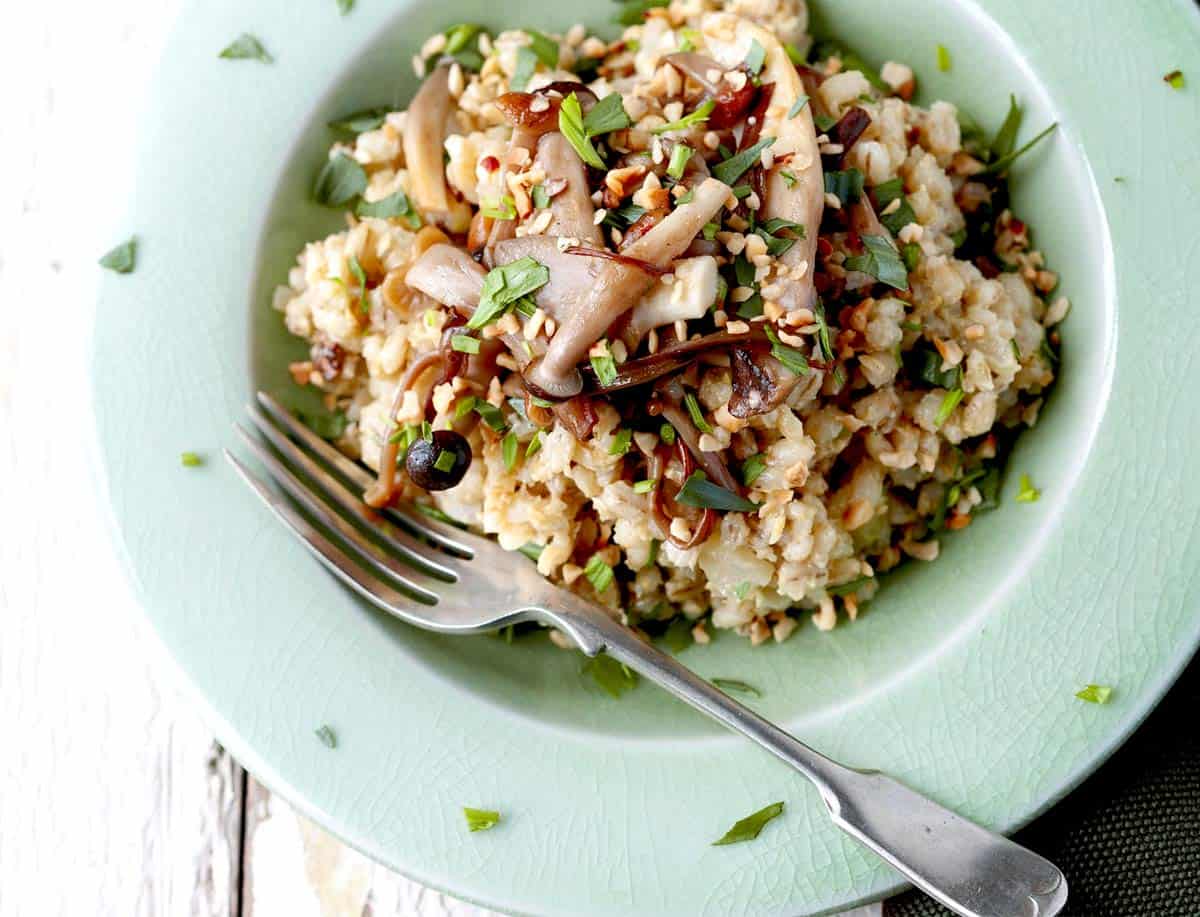
Shiitake, portabella, and porcini mushrooms are best for risotto thanks to their earthy flavor and texture. A great porcini mushroom has a delicious nutty sweetness to it, which beautifully complements the innate saltiness of many risotto recipes. Risotto is a dish that benefits greatly from subtle additions and variations, so let’s dive in and see what makes these mushrooms so awesome for risotto.
A Guide to the Best Mushrooms for Risotto
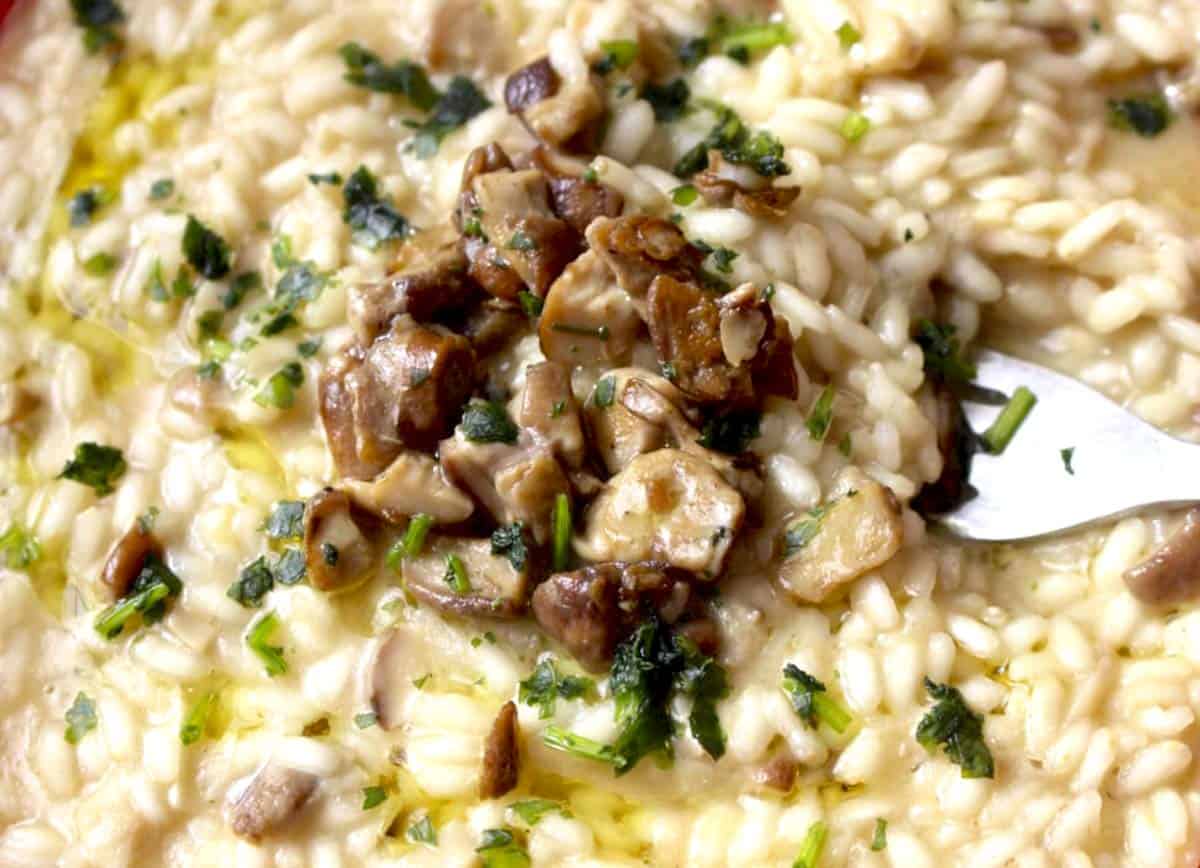
1. Shiitake Mushrooms
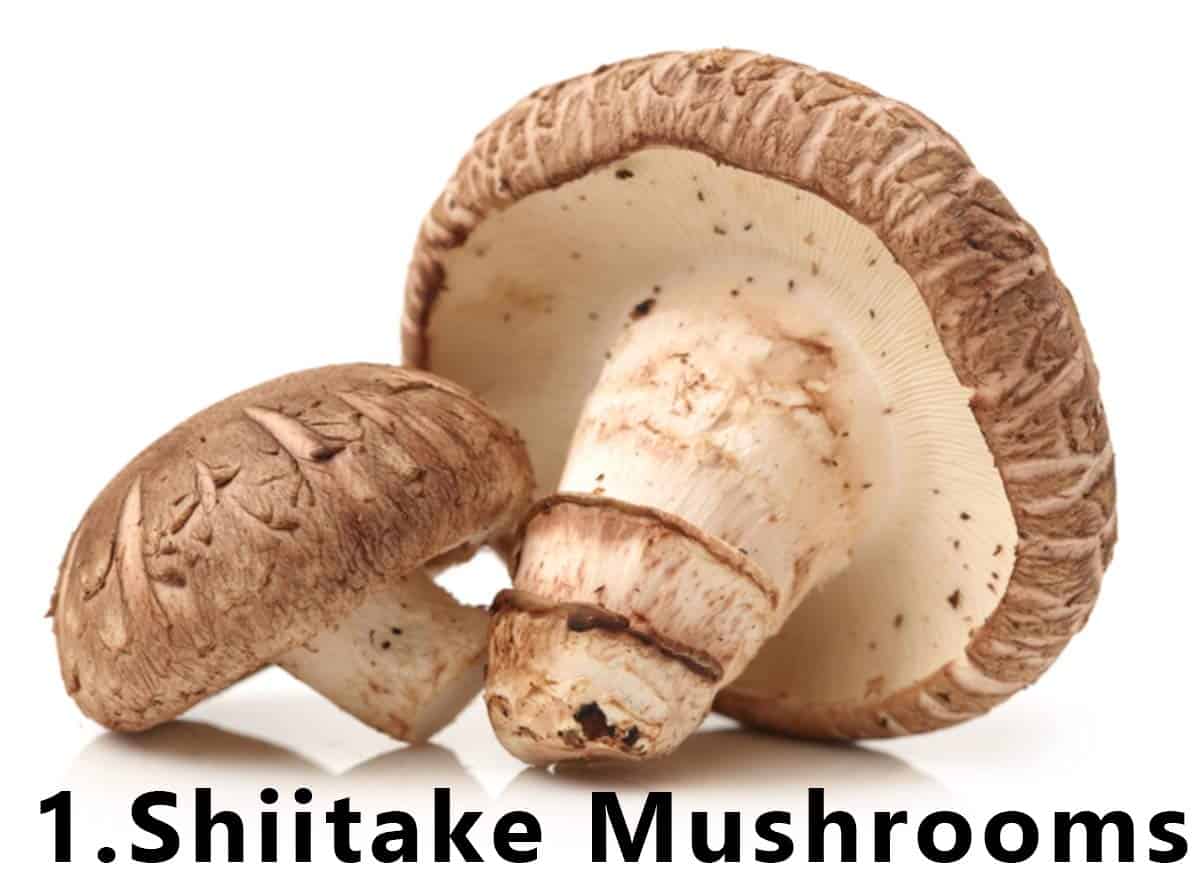
It might surprise you to see these Asian mushrooms on the list for such a classic Italian dish. However, there’s a reason these are so widely used in Asian cuisine. Shiitake mushrooms are so soft and spongy that they make a great addition to just about any dish. Their softer texture works great in risotto because it adds to and complements the creaminess of the dish.
These have a distinctively large brown cap, and a strong, meaty flavor. You’ll be reminded of robust, beefy stews as you cook and eat these delicious mushrooms.
Picking Shiitake Mushrooms
You want to pick the best mushrooms for your risotto, right? Here’s how.
- Check whether the cap covers the mushroom’s gills or not. You want the cap to be tight around the stem, with minimal gill exposure. You don’t want to use mushrooms with the gills completely open.
- The shiitake caps should feel firm to the touch, rather than spongy.
- If the mushroom cap is wrinkly, it means the mushrooms are dehydrated, and won’t cook as well. Look for mushrooms with a smoother cap.
Dried Shiitake Mushrooms
Dried shiitake mushrooms actually have a deeper, more intense flavor than the fresh ones. We normally wouldn’t tell you to try the dried version of an ingredient, as fresh is nearly always better, but you should definitely give these a go.
The dried shiitake mushrooms will bring a powerful, meaty taste to your risotto. In fact, you’ll often find these dried mushrooms in recipes used at high-volume restaurants.
To rehydrate these mushrooms, simply let them sit in some hot water for about twenty minutes. Add your mushrooms to cooking rice afterwards and that’s it!
Can You Replace Fresh Shiitakes with Dried Shiitakes in Risotto?
Yes! They both work just as well as each other. It just depends on your flavor preference. Do you prefer a strong, earthy, meaty taste to your risotto? If so, use dried mushrooms. If you like it a little subtler, and want the other flavors in the mix to be more apparent, fresh shiitakes will be your friend.
Dried shiitake mushrooms will expand in size when you rehydrate them, so use a smaller amount than you would with fresh mushrooms.
2. Portabella Mushrooms
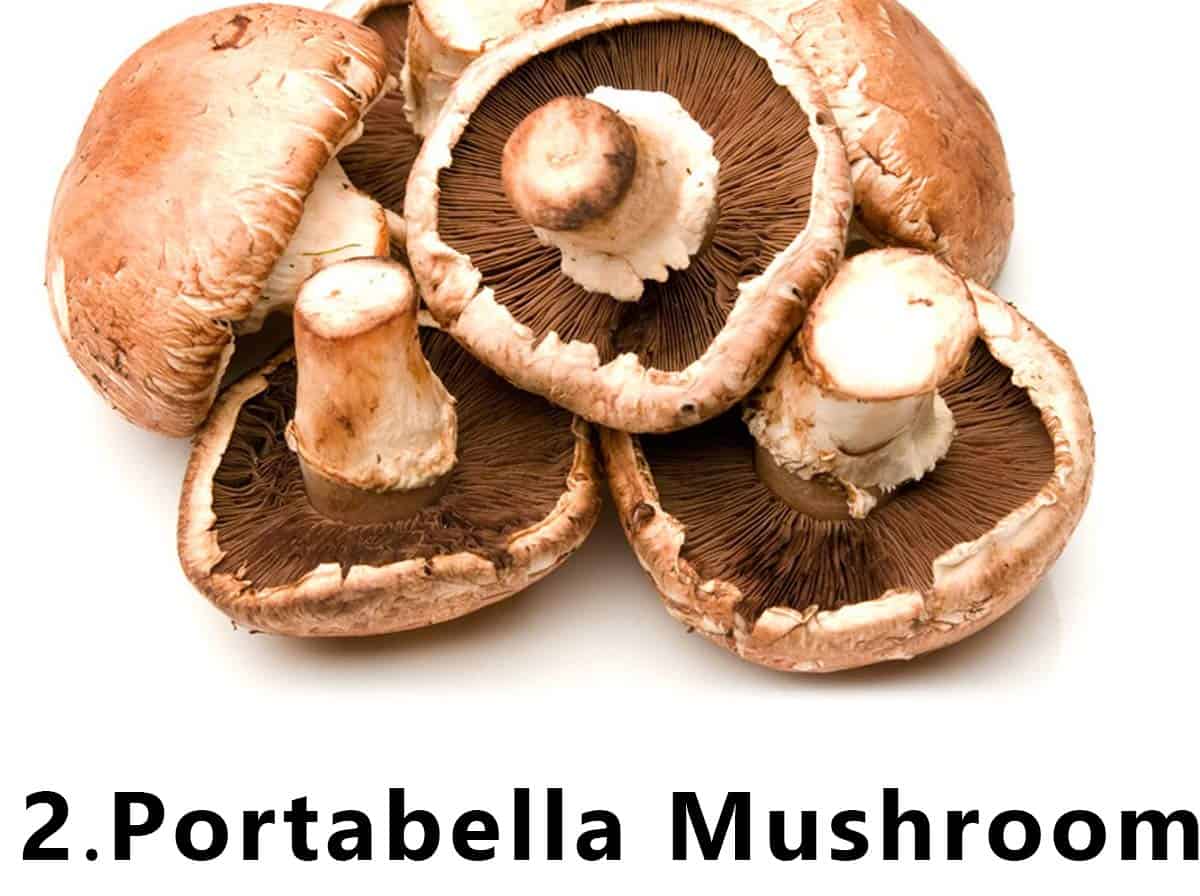
Now these are a little more traditional. The portabella mushroom has a meaty taste and texture that is so convincing some vegans use them to make burgers! They have large caps and come in a broad range of colors. Their texture is a little chewy, and their flavor is smokier than that of the shiitake.
These larger mushrooms do not retain as much moisture as their smaller brethren, which facilitates their meaty texture.
Substitute for Meat in Risotto
A portabella mushroom risotto is a fantastic alternative to a meat risotto. You’ll often see Italian recipes using sausage or rabbit in a risotto, and if you don’t eat meat or don’t feel like it, the portabella mushroom will make a fantastic alternative.
Of course, these funky fungi don’t taste or feel exactly like meat. However, they fit the role of meat in a risotto - adding depth of flavor and a particular texture - very well. It’s a bit like replacing the singer in a band. You won’t find someone with the exact same voice, but another singer who can do the job will work just fine!
Mushrooms are also a surprisingly good source of protein.
Picking Portabella Mushrooms
- The caps should be evenly colored with no blemishes.
- The cap should feel firm, not mushy. Leave the mushy-feeling portabellas alone!
- You want the gills to be dark brown and moist. Dried or damaged gills indicate that the mushrooms are going bad. They should be moist, not dry.
3. Porcini Mushrooms

These cute little wild mushrooms are one of the best choices for risotto! Their nutty flavor and reddish-brown color make them really stand out in your risotto. Their flavor is rather intense for a mushroom, but they have a very delicate texture by contrast. This makes them suitable for many dishes, including risottos and sauces.
Curiously, the porcini mushroom won’t turn brown when you cut it.
Preparing Porcini Mushrooms for Risotto
- You’ll want to first examine your mushrooms to ensure they’re fit for use.
- When using wild mushrooms, you’ll need to take a close look at each individual mushroom.
- Pay close attention to the stem and to the gills.
- Check the thick stem of your porcini mushrooms for any holes. You’ll need to remove any parts with holes. If the entire mushrooms has little holes in it, do not use that mushroom.
- Next, check the mushroom’s gills. The sponge ought to be white. If the sponge is greenish or brown, that’s an old mushroom that you should throw out.
- When preparing your porcini mushrooms, first scrape any dirt off the stem. Avoid soaking them, as this costs the porcini mushroom its fragrant, pleasant aroma. You’ll want to instead wash the mushrooms under running water before patting them dry with a paper towel.
- Once you’ve trimmed the stems of any blemishes, cut the mushrooms into slightly thick slices.
The porcini mushroom preserves its shape when cooked, and will even retain their distinctively creamy color during the cooking process.
Can I Use Dried Porcini for Risotto?
Because finding fresh, wild porcini mushrooms is far easier said than done, it’s really popular to use dried porcini mushrooms in risotto recipes instead.
The dried mushrooms, like with shiitakes, taste just as nice as the fresh ones, and actually have a slightly smokier flavor. You might prefer dried over fresh!
Fresh mushrooms have a very short lifespan, lasting only three days in the fridge. Dried porcinis, however, will last for up to six months in an airtight container.
Just soften your dried porcini mushrooms in hot water for about fifteen minutes before adding to the rice.
Mushroom Risotto Tips
- Use the stems! The stems have great flavor and you can use them to make mushroom stock, perfect for cooking the risotto in.
- Use your dried mushroom liquid! If you’ve soaked dried mushrooms in water, don’t throw it out. Add this to your chicken stock to increase the depth and complexity of flavor in your risotto.
- Mix and match. You don’t have to use just one type of mushroom. You can use any combination of the three mushrooms in this list and get fantastic results. Fresh combined with dried, shiitakes and porcinis, or all three at once, it doesn’t matter. Try different combinations to discover your favorite.
- Garlic, thyme, and mushrooms is a classic flavor combo. You can also use some salted butter to add flavor and texture to your mushrooms. If you’re using fresh mushrooms, season them once they’ve released their moisture into the pan. This ensures the strongest, tastiest flavor.
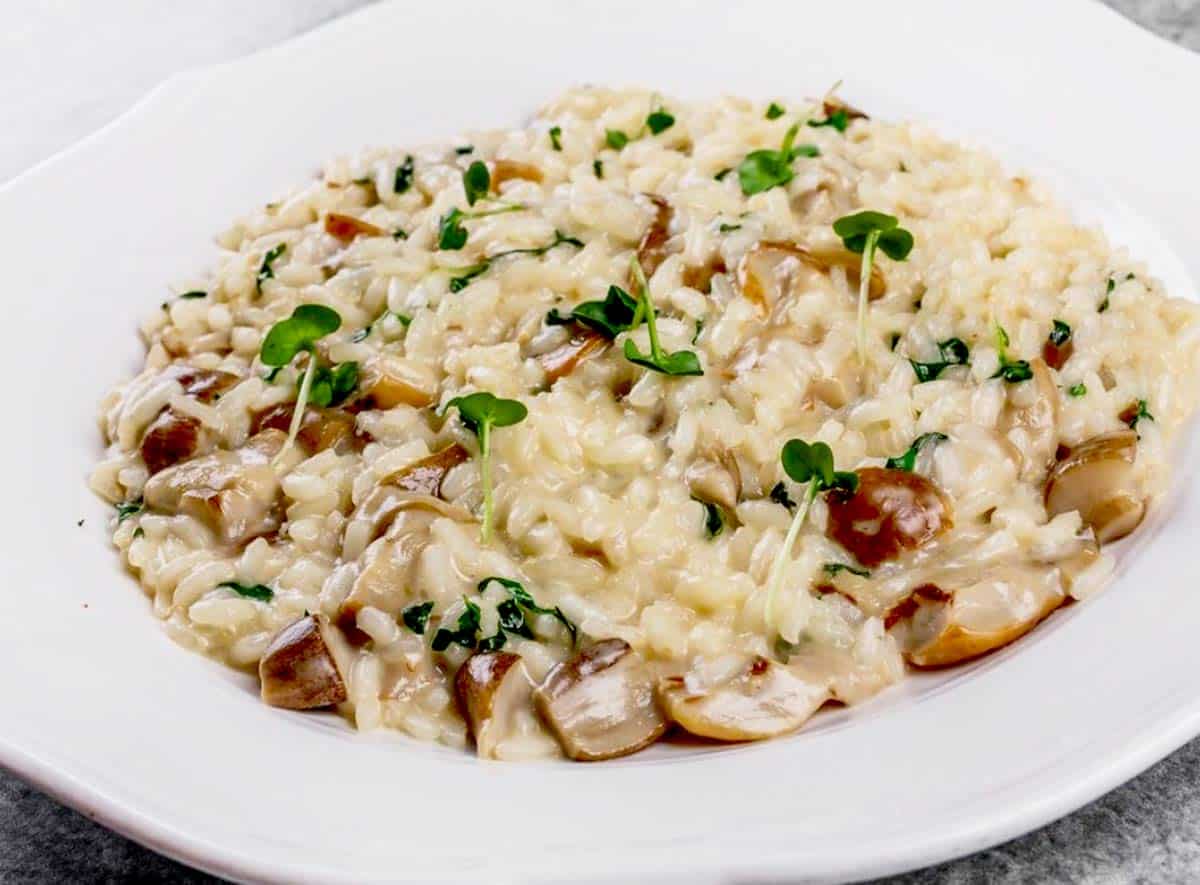
Risotto Recipe You Might Like

All rights reserved. CHEF JAR. All images and content are copyright protected. PLEASE do not use my images without my permission. If you want to share this recipe, PLEASE provide a link back to this post.


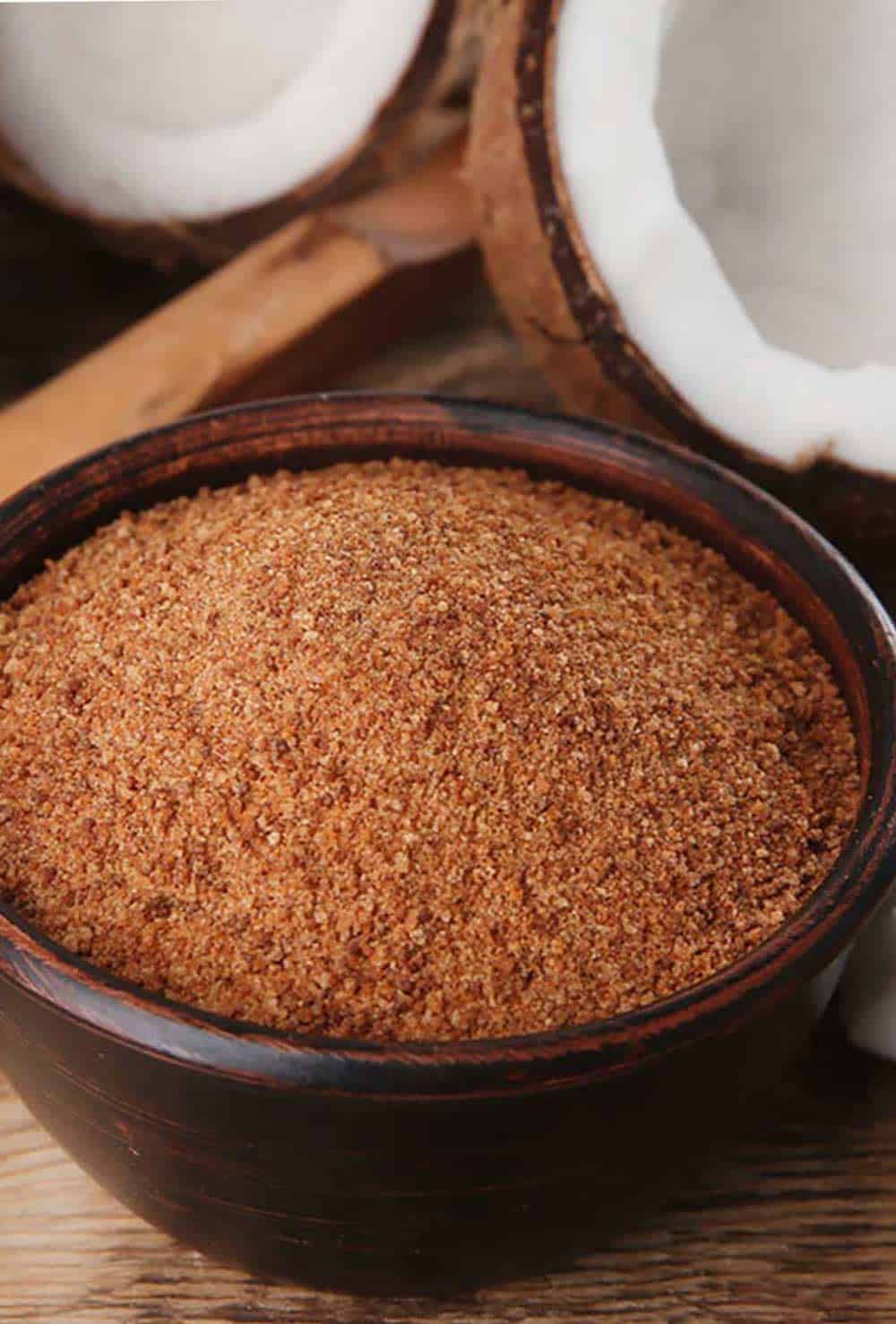
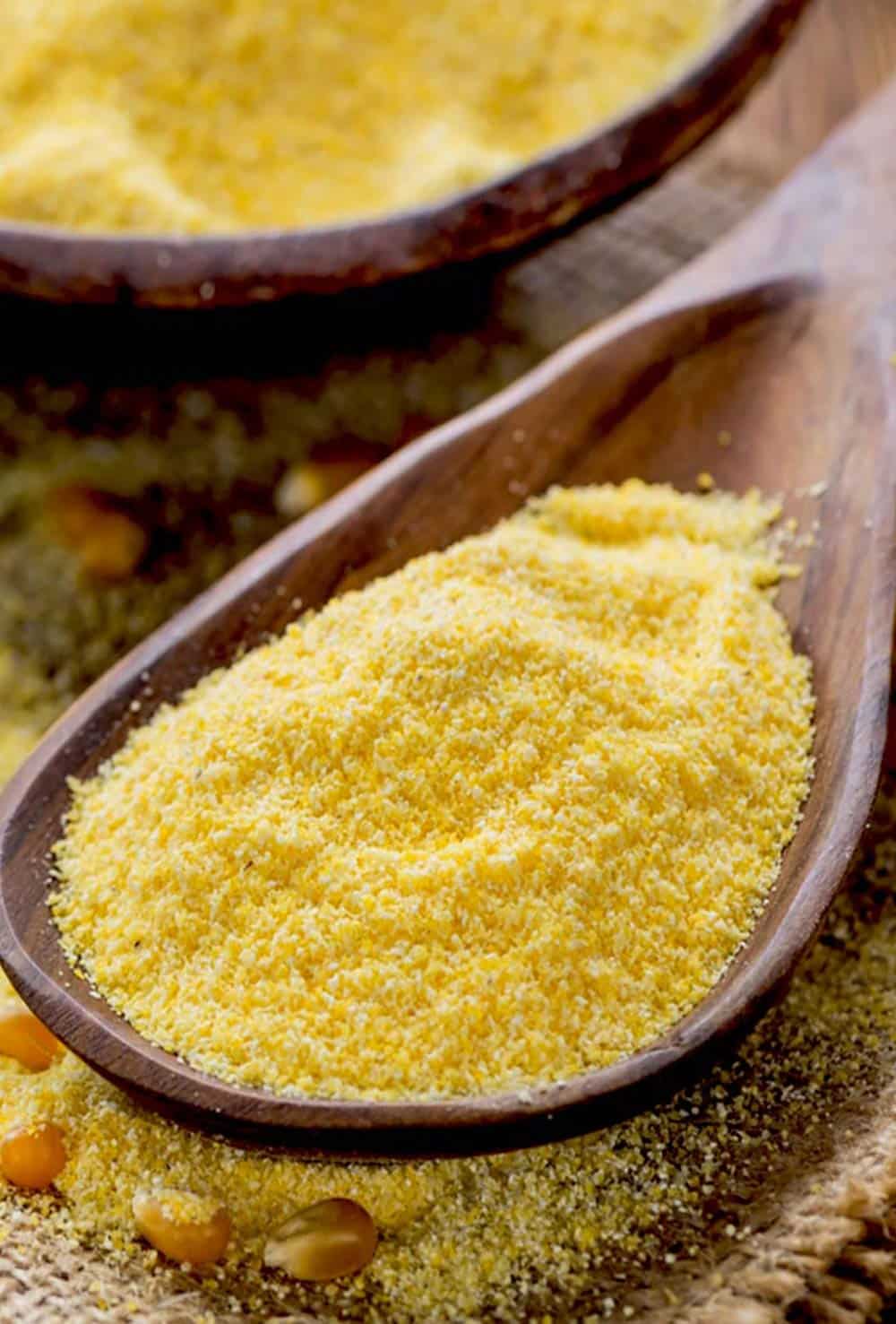
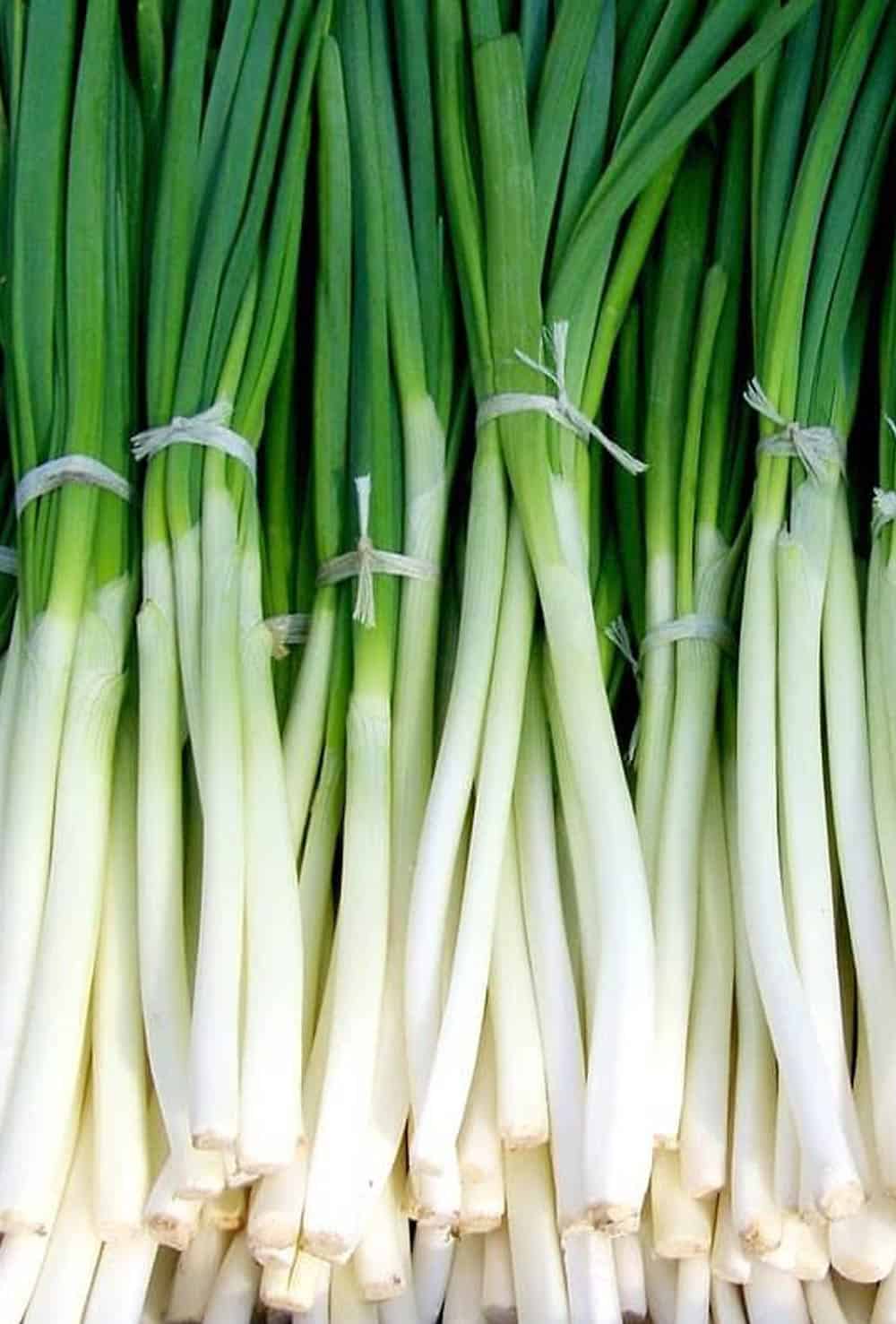
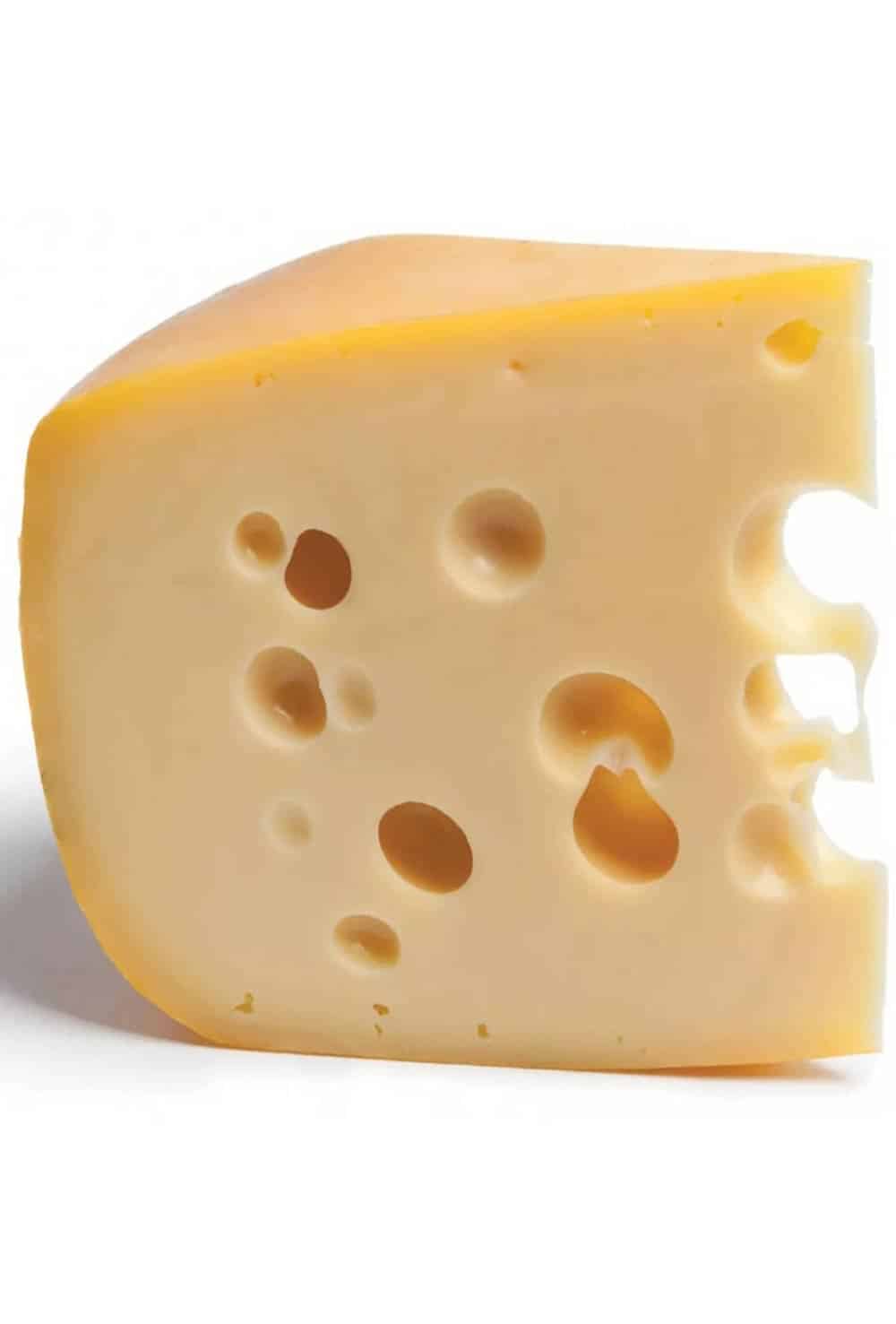
Leave a Reply